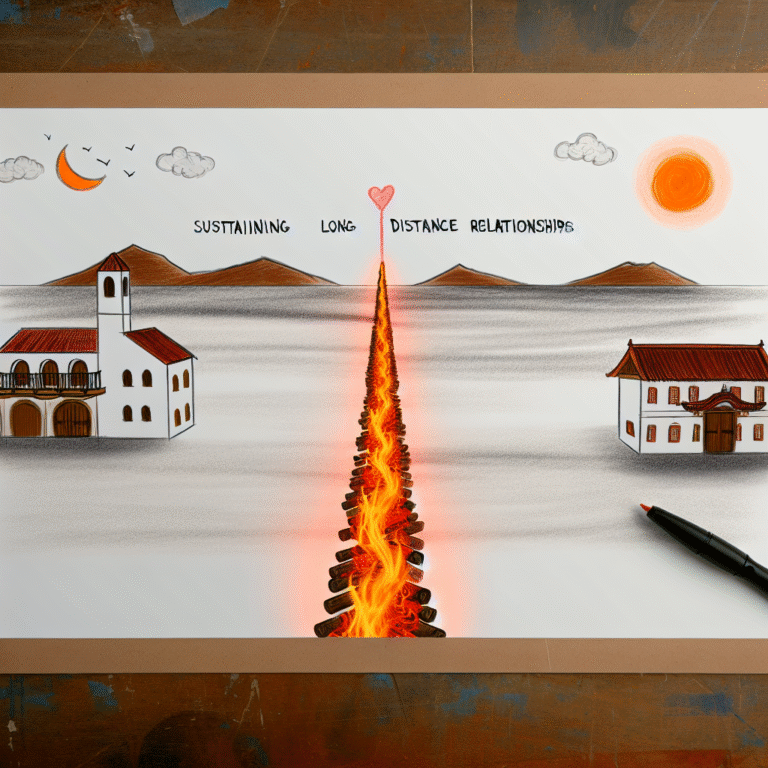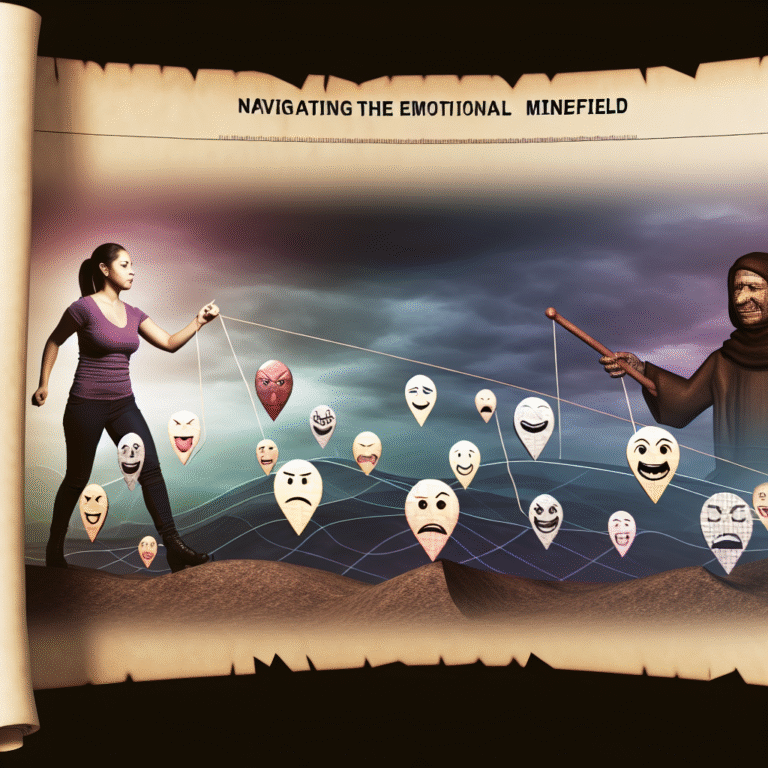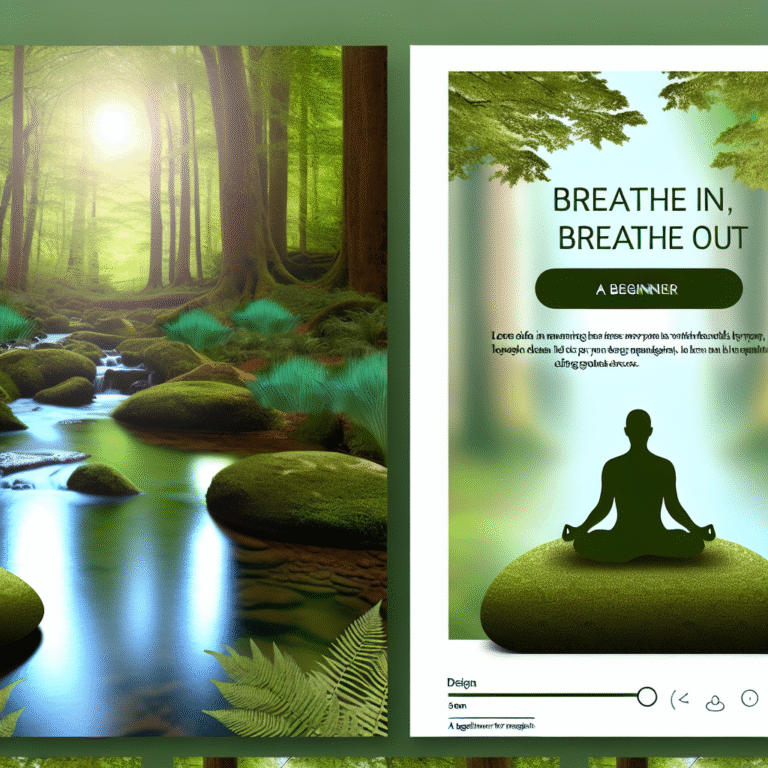From Chaos to Clarity: Essential Mindfulness Practices for a Stress-Free Life
Introduction
In today’s fast-paced world, stress often feels like an inevitable part of life. The constant barrage of responsibilities, deadlines, and emotional burdens can create a whirlwind of chaos, leaving you yearning for clarity and peace. Isn’t it time to break free from this cycle and embrace a more serene, fulfilling existence? This article delves deeply into mindfulness practices that enable you to transition from chaos to clarity—ultimately leading to a stress-free life. Embrace these techniques to cultivate a sense of balance, much needed in our hectic lives.
Understanding Mindfulness
What is Mindfulness?
Mindfulness is the practice of being fully present in the moment, aware of your thoughts, feelings, and surroundings without judgment. Originating from ancient meditation practices, it has been modernized and adapted to fit our contemporary lives. One of the core aspects of mindfulness is that it encourages individuals to acknowledge their experiences—and in doing so, they can gain control over their emotional states.
The Science Behind Mindfulness
Research has shown that practicing mindfulness can lead to significant improvements in mental and emotional well-being. Studies indicate that regular mindfulness practice results in lower levels of anxiety, reduced stress, and improved focus. In fact, a report from the American Psychological Association noted that mindfulness is an effective intervention for stress management.
Figure 1: Impact of Mindfulness on Stress Levels
The Journey from Chaos to Clarity
Transforming your life from chaos to clarity doesn’t happen overnight. It’s a journey that requires dedication and practice. Below, we explore various mindfulness techniques that can guide you along this path.
1. Breathing Exercises
The Power of Breath
Breathing is something we often take for granted, yet it serves as a powerful tool for mindfulness. Focusing on your breath can quickly bring you back to the present moment and help alleviate feelings of stress.
How to Practice
- Find a comfortable position: Sit or lie down in a quiet place.
- Inhale deeply for a count of four, filling your lungs completely.
- Hold your breath for a count of four.
- Exhale slowly for a count of six.
Repeat this for 5-10 minutes. This practice transforms chaos into clarity by grounding you in the present moment.
2. Mindful Meditation
Cultivating Inner Peace
Mindful meditation is a formal technique that has gained immense popularity. It involves focusing your attention and eliminating distractions to achieve a mentally clear and emotionally calm state.
Steps to Begin
- Choose a quiet space for your meditation.
- Sit comfortably with your back straight.
- Close your eyes and focus on your breath.
- When thoughts arise, gently redirect your attention back to your breath.
Over time, this practice enhances self-awareness and reduces thoughts that cloud your judgment.
3. Body Scan
Body Awareness as a Tool
A body scan helps foster an awareness of physical sensations, promoting relaxation and reducing stress levels.
DIY Body Scan Method
- Lie down comfortably and close your eyes.
- Focus on your feet, noting any sensations.
- Gradually shift your attention up your body—ankles, knees, thighs, and so forth.
- If you notice tension, breathe into that area and allow it to soften.
This practice can be particularly beneficial after a long day.
4. Mindful Journaling
Putting Pen to Paper
Journaling can serve as a powerful form of mindfulness. By reflecting on your emotions and thoughts, you gain clarity and insight.
How to Journal Mindfully
- Find a quiet space away from distractions.
- Write freely about your thoughts and feelings.
- Reflect on your writing, focusing on insights you gain from it.
This practice enables you to take chaotic thoughts from your mind and organize them on paper, promoting clarity and understanding.
5. Nature Observation
The Healing Power of Nature
Spending time in nature can profoundly impact your mental health. When you engage with the natural world, it provides a break from daily stressors and helps restore mental clarity.
Mindful Nature Walks
- Choose a calm outdoor setting like a park or a garden.
- Walk slowly, paying attention to the sights and sounds around you.
- Engage your senses: Notice the colors, the smell of flowers, and the rustling of leaves.
Taking a mindful walk allows you to step away from chaos and offers transformative clarity.
Case Studies: Real-World Applications
Case Study 1: Corporate Mindfulness Programs
A large tech company implemented a mindfulness program for its employees, with sessions focusing on breathing techniques and mindful meditation. Within three months, employees reported a 30% decrease in stress levels and a notable improvement in overall job satisfaction. This case illustrates how mindfulness practices lead to a less chaotic work environment and foster clarity in decision-making.
Case Study 2: School-Based Mindfulness
An elementary school introduced mindfulness classes for students, teaching them breathing exercises and body scans. Teachers noted a significant reduction in behavioral issues and an improved focus in class. This underscores how early exposure to mindfulness can enhance emotional regulation and clarity, even in children.
Case Study 3: Mindfulness in Healthcare
Healthcare professionals implemented mindfulness-based stress reduction (MBSR) programs to combat burnout. Participants reported better stress management and a clearer ability to connect with patients, showcasing mindfulness as a tool for clarity in high-stress environments.
Addressing Common Misconceptions
FAQ Section
Is mindfulness just meditation?
No, while meditation is a common form of mindfulness, it encompasses various practices like breathing exercises, nature walks, and mindful eating.
How long should I practice mindfulness?
Even a few minutes daily can be beneficial. Start with 5-10 minutes and gradually increase as you become more comfortable.
Can mindfulness replace therapy?
Mindfulness can complement therapy but should not replace professional mental health treatment.
What if I can’t quiet my mind while practicing?
It’s normal for thoughts to arise. Acknowledge them and redirect your focus back to your breath or the task at hand.
- How can I stay consistent with mindfulness?
Establish a routine, set reminders, or join a mindfulness group to create accountability.
Conclusion
Making the transition from chaos to clarity isn’t a one-time event; it’s a continuous journey that enriches your life. By integrating mindfulness practices into your daily routine, you cultivate a deep sense of peace, enhance your emotional resilience, and pave the way to a stress-free existence. As you embark on this path, remember that every mindful moment counts. Embrace the journey, and let clarity illuminate your way forward.
In conclusion, the road to a less chaotic life is within reach. With the simple yet profound mindfulness practices outlined above, you have the tools to find clarity amidst the chaos. Start today—your mind and spirit will thank you.

















